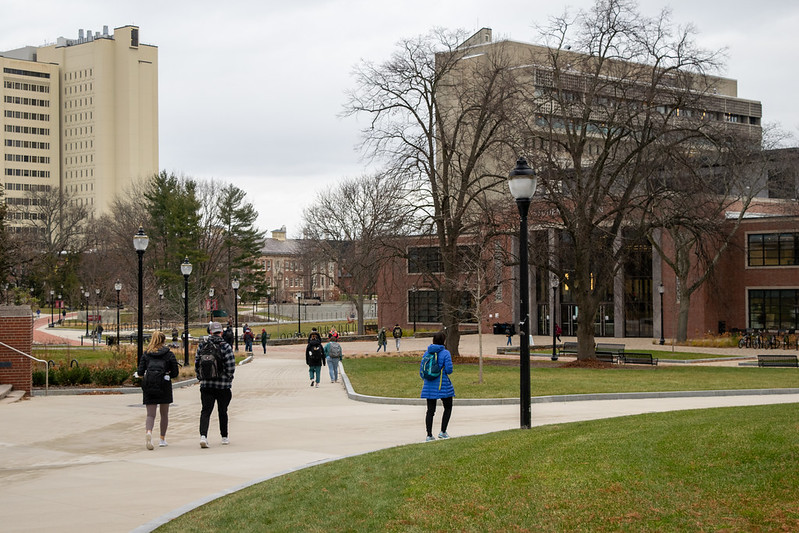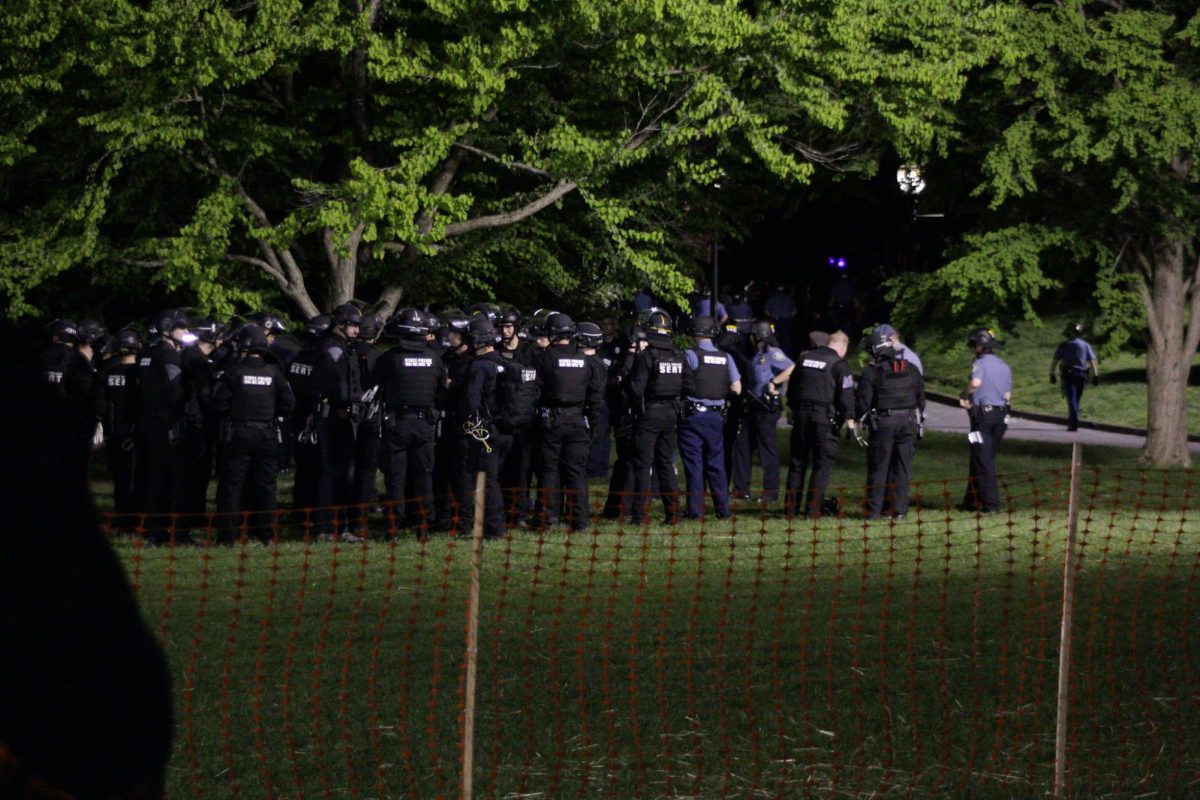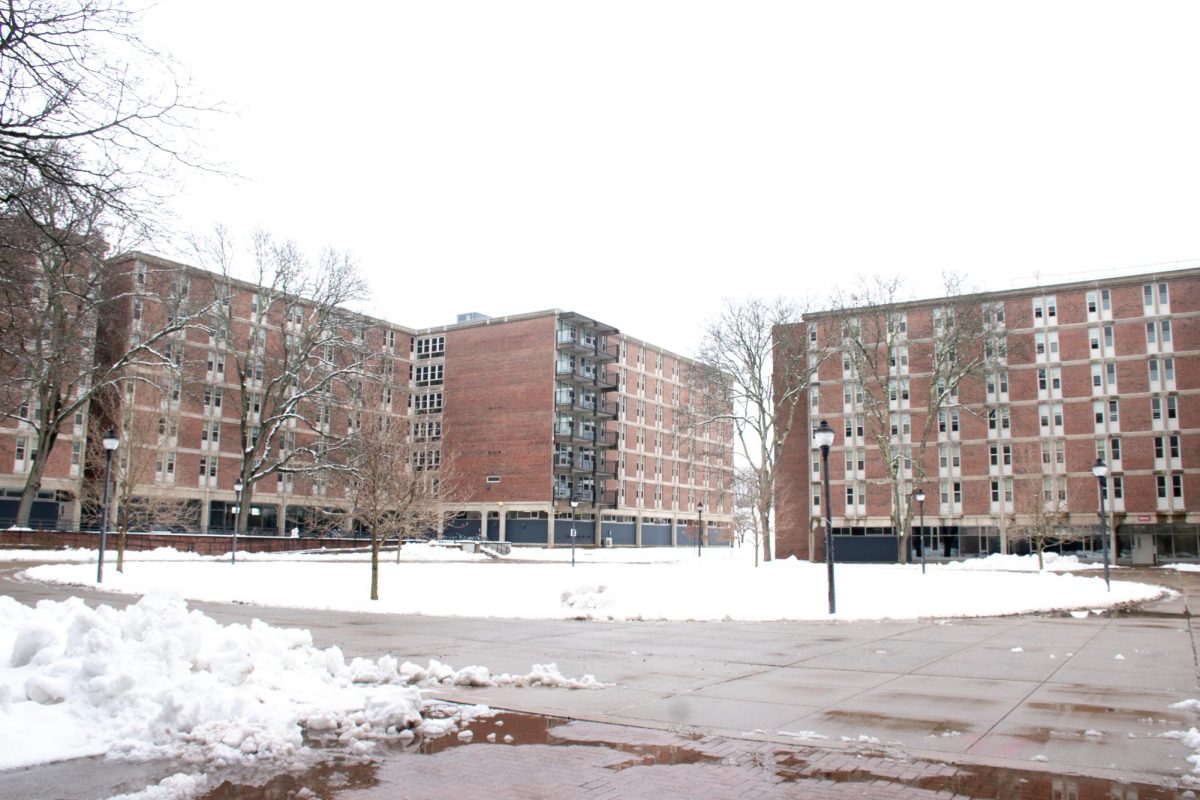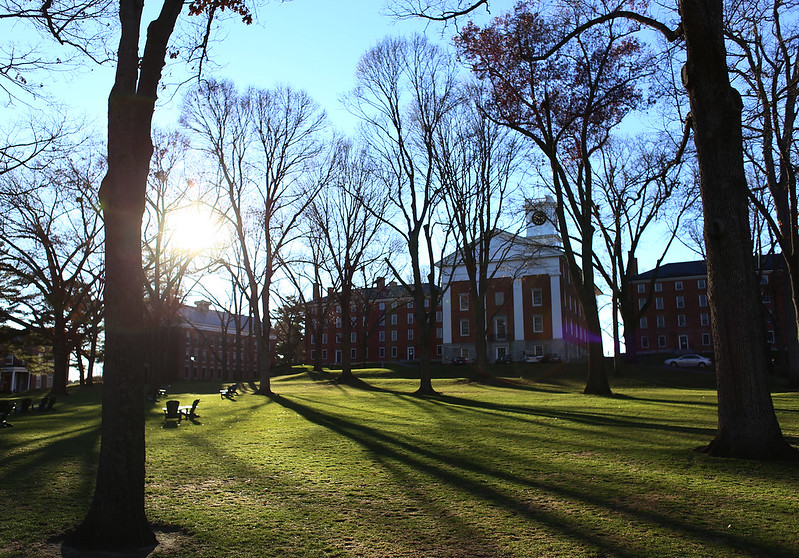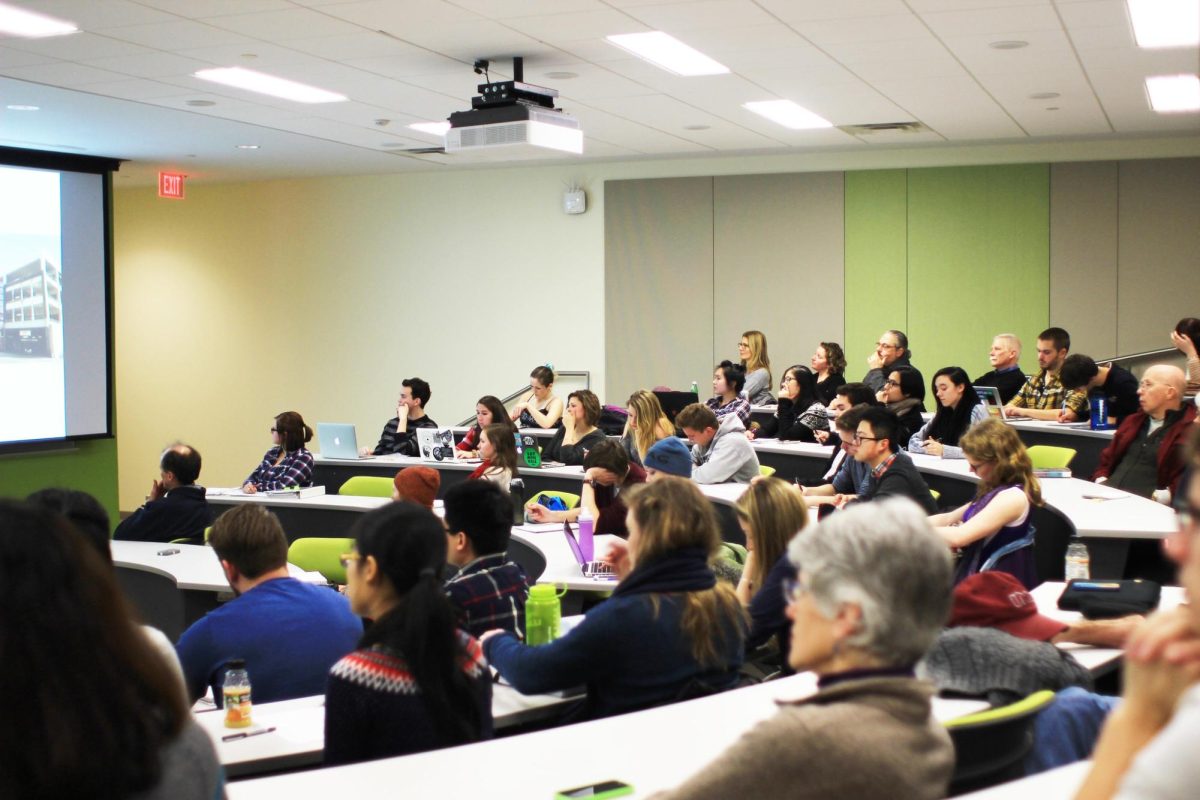Over the last month, two collisions occurred where a UMass student was struck by a car on Massachusetts Avenue. These two incidents resulted in one student being killed and the other seriously injured. Both occurred while students were crossing the street. While traffic accidents occur all the time, it’s difficult to imagine until it happens so close to where you live and affects people in your community. It’s even more upsetting when these incidents occur on a college campus, where students generally feel safer and less at-risk for dangers that usually occur in the outside world, especially on a campus like UMass which is somewhat secluded from busy town centers or cities.
It is unacceptable that UMass students feel like they are in danger while walking to class or across campus. The administration must do more to increase pedestrian safety, and that should include adding dedicated pedestrian walkways across or around busy roads. If this sounds unattainable, consider that there is already a precedent for this on campus: the Southwest tunnel. The tunnel, which goes underneath Massachusetts Avenue — the same road where the two incidents occurred — allows students in Southwest to travel to the other side of campus and back seamlessly, as cars continue their journey above the tunnel. I would estimate thousands of students use this tunnel every day.
I believe the University would benefit from adding student walkways like these to all the most active roads on the campus that students cross, primarily Massachusetts Avenue and North Pleasant Street.
This would help the campus in three ways. First, it would relieve traffic congestion. Currently, whenever groups of students use the crosswalks on those streets — which can be for long stretches of time, especially during peak travel times — traffic comes to a standstill, with cars waiting in the street as pedestrians cross in small packs, and only one or two cars are able to pass after every pause as the next group crosses the street. No one is at fault for this, but it results in congested roadways and treacherous conditions, as cars dart past the crosswalk when the smallest opening is seen, or brake suddenly when students cross without warning. Adding a dedicated pedestrian path would allow cars and students to get to their destinations faster and without interruption.
Next, and most obviously, it would increase students’ safety. Pathways like the Southwest tunnel allow students to travel to class without having to worry about fighting incoming traffic, which they would have to if the tunnel was never constructed and they were forced to cross Massachusetts Avenue instead.
When many students use a certain few hotspots on campus to cross the street — the crossing from Sunset Avenue over Massachusetts Avenue, and the crossing from the Integrative Learning Center over North Pleasant Street, just to name a few — these spots must be prioritized to ensure student safety. I’m calling for dedicated student walkways in the form of bridges, tunnels or other pathways.
Finally, it would encourage UMass to be a more walkable community, the importance of which Garrett Jacobsmeier highlighted in his column last fall. Adding more student pathways around campus could encourage students to walk or bike to class instead of driving or taking the bus. As Jacobsmeier describes in his column, “passive community building” — defined as how people build shared identities based on where they live — would be increased if more student walkways were built on campus, since students would have more opportunities to interact with others and possibly meet new friends.
Currently, UMass administration officials have a pedestrian safety problem on their hands. This is not a new problem (seeing as people have been hit by cars on campus in prior years) but now is the time to fix it. Adding dedicated pedestrian walkways to highly active areas where students cross streets would help the University become more desirable and student-friendly, but most importantly, it would decrease the likelihood of collisions and increase pedestrian safety around campus.
Luke Halpern can be reached at [email protected] and followed on Twitter at @lukehalpern.

